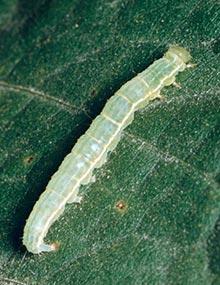

Caterpillars in Your Yard and Garden, Page 20
Reviewed
Green cloverworm caterpillars (Hypena scabra) are present from summer to fall. They produce three generations per year.
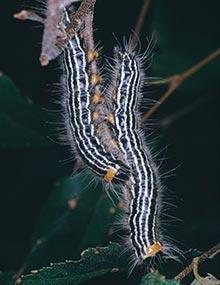
Caterpillars in Your Yard and Garden, Page 55
Reviewed
Yellownecked caterpillars (Datana ministra) are present from July to September. They produce one generation per year.
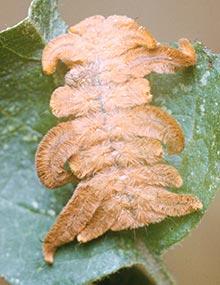
Caterpillars in Your Yard and Garden, Page 23
Reviewed
Hag moths caterpillars (Phobetron pithecium) are present in summer and fall. They produce one generation per year.
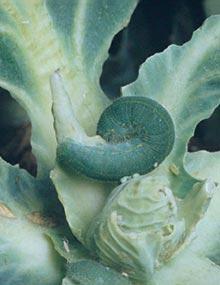
Caterpillars in Your Yard and Garden, Page 26
Reviewed
Imported cabbageworm caterpillars (Pieris rapae) are present from early spring to summer. They produce multiple generations per year.
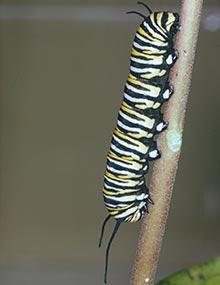
Caterpillars in Your Yard and Garden, Page 29
Reviewed
Monarch caterpillars (Danaus plexippus) are present in summer months. They produce multiple generations per year.
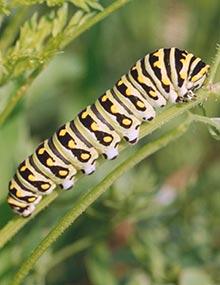
Caterpillars in Your Yard and Garden, Page 32
Reviewed
Parsleyworm caterpillars (Papilio polyxenes) are present from May to October. They produce three generations per year.
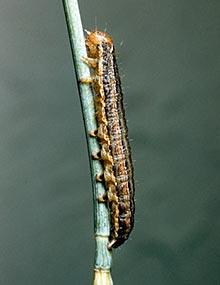
Caterpillars in Your Yard and Garden, Page 03
Reviewed
Armyworm caterpillars (Pseudaletia unipunctata) are present from early summer to fall. They produce three generations per year.

Caterpillars in Your Yard and Garden, Page 35
Reviewed
Poplar tentmaker caterpillars (Clostera inclusa) are present from spring to fall. They produce two generations per year.
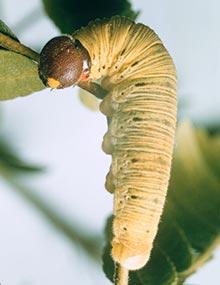
Caterpillars in Your Yard and Garden, Page 38
Reviewed
Silverspotted skipper caterpillars (Epargyreus clarus) are present in summer and fall. They produce two to three generations per year.
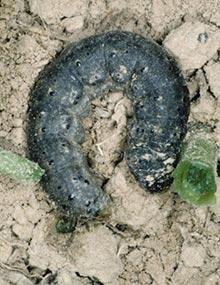
Caterpillars in Your Yard and Garden, Page 06
Reviewed
Black cutworm caterpillars (Agrotis ipsilon) are present from late spring to fall. They produce one to three generations per year.
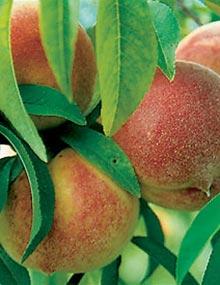
Home Fruit Production: Peach and Nectarine Culture
Revised
This guide offers practical advice on selecting, planting, and maintaining peach and nectarine trees for optimal fruit production.
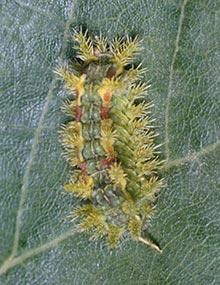
Caterpillars in Your Yard and Garden, Page 41
Reviewed
Spiny oak slug caterpillars (Euclea delphinii) are present in summer and fall. They produce one to two generations per year.
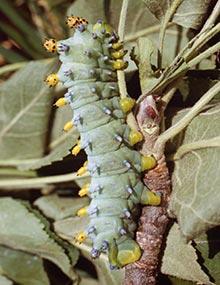
Caterpillars in Your Yard and Garden, Page 09
Reviewed
Cecropia moth caterpillars (Hyalophora cecropia) are present from May to August. They produce one generation per year.
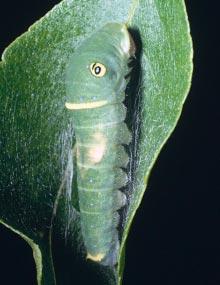
Caterpillars in Your Yard and Garden, Page 44
Reviewed
Tiger swallowtail caterpillars (Papilio glaucus) are present from May to October. They produce two to three generations per year. Preferred host plants include hoptree, birch, tulip tree, ash, basswood, cherry, apple, willow and magnolia.
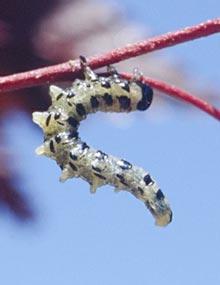
Caterpillars in Your Yard and Garden, Page 12
Reviewed
Dusty birch sawfly caterpillars (Croesus latitarsus) are present in summer and fall. They produce two to three generations per year.
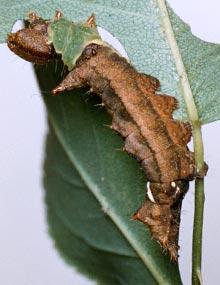
Caterpillars in Your Yard and Garden, Page 47
Reviewed
Unicorn caterpillars (Schizura unicornis) are present from summer to fall. They produce one generation per year.
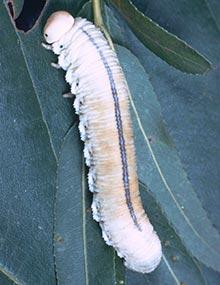
Caterpillars in Your Yard and Garden, Page 15
Reviewed
Elm sawfly caterpillars (Cimbex americana) are present from summer to fall. They produce one generation per year.
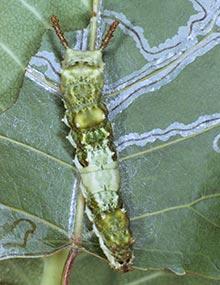
Caterpillars in Your Yard and Garden, Page 50
Reviewed
Viceroy caterpillars (Limenitis archippus) are present from early summer to fall. They produce two generations per year.
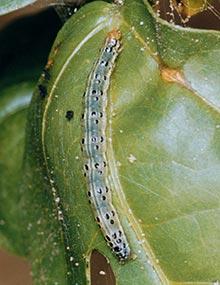
Caterpillars in Your Yard and Garden, Page 18
Reviewed
Garden webworm caterpillars (Achyra rantalis) are present from late spring to fall. They produce two to three generations per year.
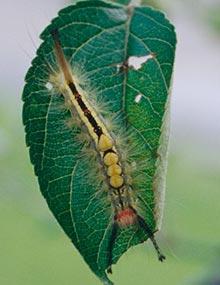
Caterpillars in Your Yard and Garden, Page 53
Reviewed
Whitemarked tussock moth caterpillars (Orgyia leucostigma) are present from May to October. They produce two generations per year.
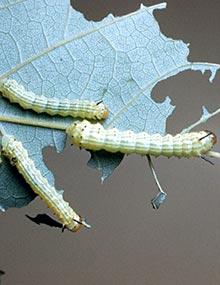
Caterpillars in Your Yard and Garden, Page 21
Reviewed
Greenstriped mapleworm caterpillars (Dryocampa rubicunda) are present from late spring to late fall. They produce one to two generations per year.
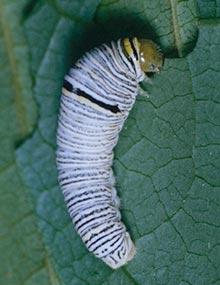
Caterpillars in Your Yard and Garden, Page 56
Reviewed
Zebra swallowtail caterpillars (Graphium marcellus) are present from May to November. They produce two to three generations per year.
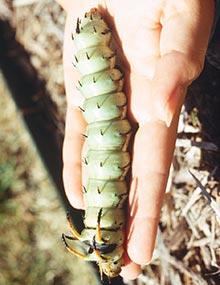
Caterpillars in Your Yard and Garden, Page 24
Reviewed
Hickory horned devil caterpillars (Citheronia regalis) are present from July to October. They produce two generations per year.
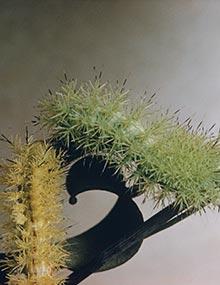
Caterpillars in Your Yard and Garden, Page 27
Reviewed
Io moth caterpillars (Automeris io) are present from July to October. They produce two generations per year.
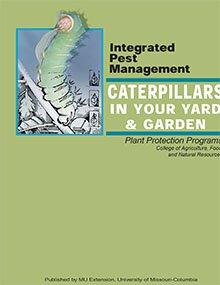
Caterpillars in Your Yard and Garden
Reviewed
Caterpillars are some of the most easily observed insects in backyards and gardens. Learn to identify them so you will know what type of butterflies or moths they will turn into.